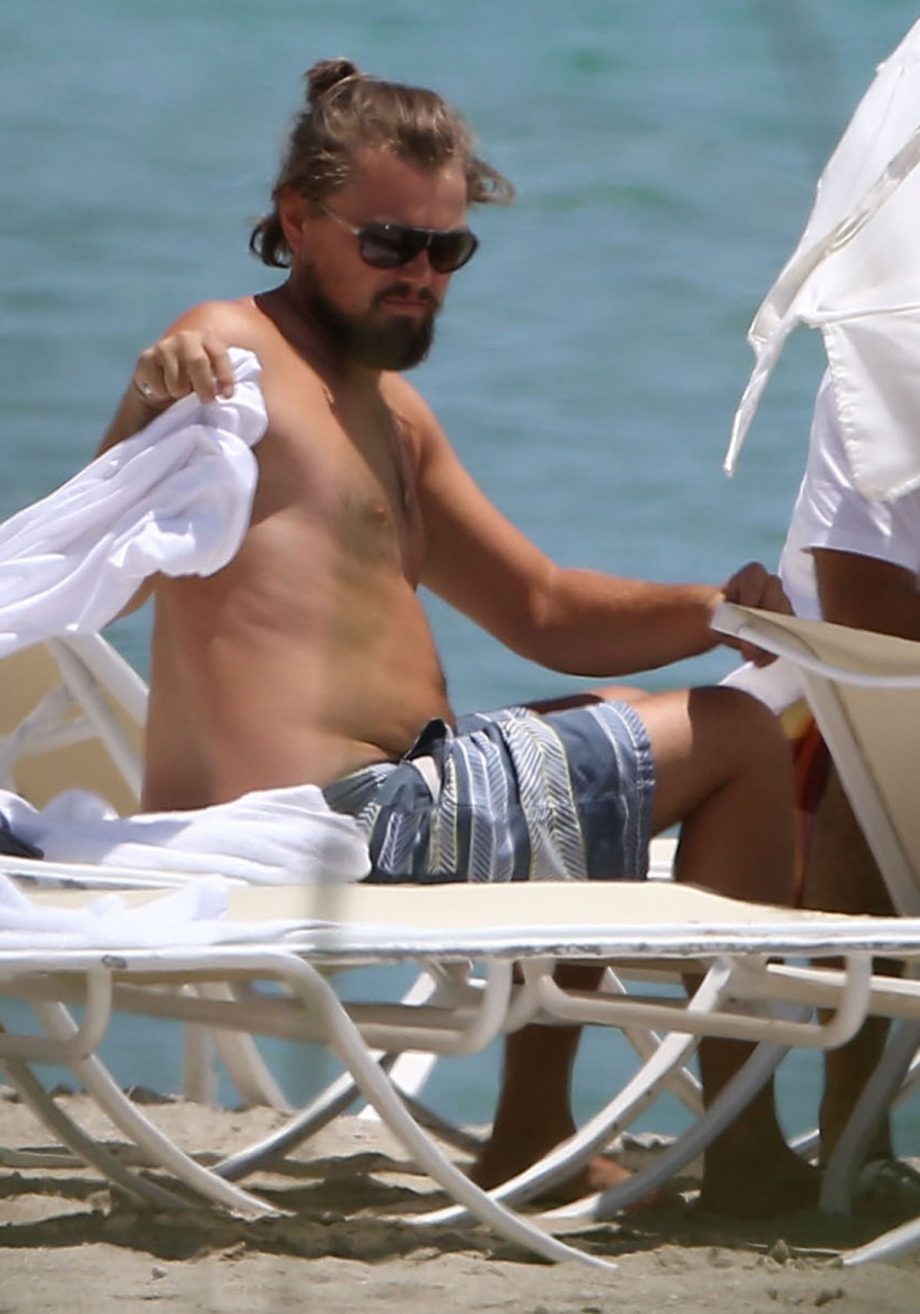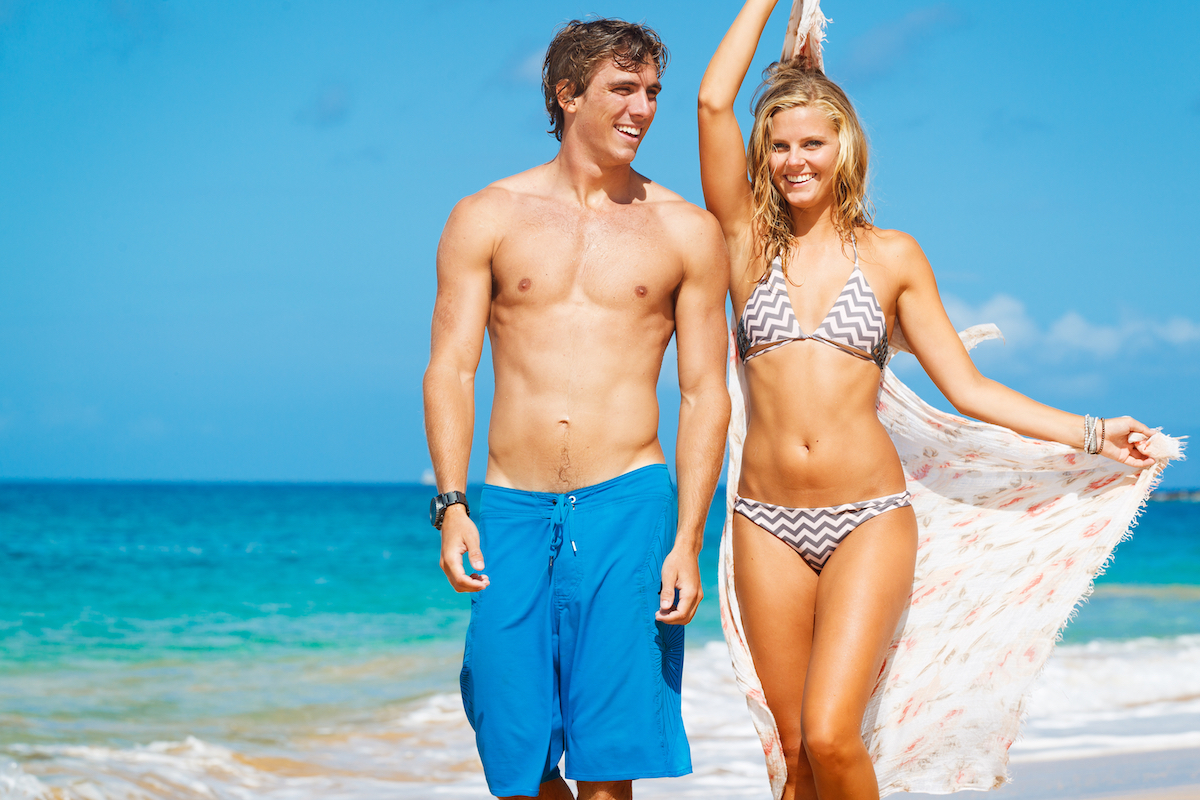Scroll through Instagram any day of the week and it’s hard not to notice the abundance of shirtless men with perfectly sculpted abs and lean physiques. These aren't the steroid-fueled giants of the 1980s gym posters — they’re more like modern-day Greek statues: lean, agile, and deceptively effortless. But what’s behind this shift in what society deems the "ideal" male body?
The standards for male beauty have been evolving for centuries. In the late 1800s, being overweight was actually fashionable—it signaled wealth and access to abundant food. Believe it or not, the U.S. once had “Fat Men’s Clubs” where men needed to weigh at least 200 pounds (around 90 kg) just to join. In today’s world, that number is closer to average, and the modern ideal has flipped almost entirely in the opposite direction.
Go even further back to Ancient Greece, and you’ll find admiration for athletic, muscular male forms. Their ideal wasn’t just strength — it was symmetry, control, and god-like aesthetics. Fast forward to the present, and we’ve come full circle. But instead of chiseled marble, we have digital filters and high-definition abs.
Andy Anderson, founder of the Ultimate You Change Centres, says body ideals have certainly shifted. "Back in the late ’90s and early 2000s, it was all about that surfer beach bod—lean, tanned, and just muscular enough." But at the same time, hardcore bodybuilding still held its niche fan base, “with guys chasing the Schwarzenegger and Stallone look,” Andy adds.
"In the last five years, the shift has gone mainstream. Now most men aim for a look that’s lean but strong — think Wolverine. Instagram has been a huge driver of that."
With social media at the helm, ideals are no longer just shaped by Hollywood and glossy magazines—they’re curated 24/7 on your phone. According to Dr. Harrison Pope, author of The Adonis Complex, the pressure men face today to look a certain way has grown dramatically, thanks largely to filtered realities presented online.
"The difference now," Andy says, "is that everyone’s chasing the 'Instagram lean' look — but very few understand what it takes to get there.” Hours in the gym, restrictive diets, lighting tricks, and yes, often Photoshop — all contribute to the fantasy.
But trends come and go. In the 1950s and ’60s, it was all about the “executive look.” Muscles were optional. Suits were roomy. Think Don Draper, not Dwayne Johnson. That changed when Sean Connery took on James Bond, introducing a leaner but still rugged image—no six-pack required, just a commanding chest and confident stance.
Then came Leonardo DiCaprio. In 2016, he unintentionally popularized the “dad bod”—softer, less defined, and refreshingly human. It was a welcome break for many men tired of chasing perfection.

Oh, Leo.
Still, is the dad bod healthy? Andy Anderson says the focus should be less about what you look like and more about how you feel. “Ask yourself, do I feel strong? Energetic? Motivated? That’s more important than the scale or mirror.”
A 2019 survey by Planet Fitness backs this up. It found that 79% of participants were happy with their bodies, and 78% said the dad bod represented a man comfortable in his own skin. Clearly, self-acceptance is gaining traction — even if abs still dominate the Explore page.
Andy believes the future lies in balance. “We’re moving toward a more holistic idea of health,” he says. “Not just physical, but emotional, mental, and social well-being. That’s what people are starting to care about.”
How Body Trends Have Shifted in the Instagram Era
2010–2012
These were the “Ryan Reynolds years” — lean muscle, clean cuts, and low body fat dominated the male aesthetic. Gym time became mandatory, but looking approachable still mattered.
2013–2015
This era saw a return to Hollywood’s classic men: Clooney, Hamm, Craig. Tailored suits and masculine charm mattered more than vascularity. Confidence was king.
2015–2017
A divergence began. On one end: the dad bod cult. On the other: hyper-masculine icons like Joe Rogan and Ross Edgley. It was either be relaxed, or be ripped.
2018–2020
This period embraced moderation. Men wanted strength, but not extremes. In Australia especially, the trend leaned toward functional fitness — strong, capable, not too ripped or bulky.
So, where do we go from here? Maybe it’s toward an ideal that prioritizes wellness over appearance. Maybe it's time we stop asking what the "ideal" body looks like, and start asking how we want to feel in our own skin. In a world obsessed with visuals, that could be the most revolutionary trend of all.











